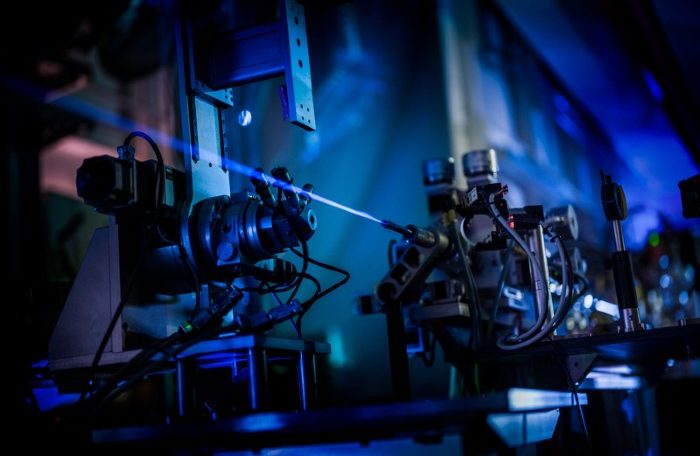
A powerful X-ray laser was employed to heat water from the ambient temperature to 100,000 degrees Celsius in under one-tenth of a PS (one-millionth of a millionth of a millionth of a second) or, more specifically, 75 femtoseconds.
The pilot set, possibly the world’s fastest water heater, yielded an exotic state of water, out of which scientists are expected to draw more conclusions about the particular nature of the most important liquid for life.
The findings can also be of great benefit for biological sampling and numerous other laser X-ray observations. Carl Caleman’s team from the Uppsala University, in Sweden, has presented the study’s results in the journal PNAS (Proceedings of the National Academy of Sciences).
The scientists employed the Linac Coherent Light Source (LCLS) laser from the US SLAC National Accelerator Laboratory to shoot ultra-high intensity, short-range X-ray flashes in a stream of water.
The fastest water heater ever made is in fact an X-Ray laser which was able to heat water to 100,000 degrees in about 75 femtoseconds or 0.000.000.000.000.000.075 seconds
“It’s not the usual way to boil water,” says Caleman smiling.
Ordinarily, when water is heated, the molecules will get agitated because heat means movement at the molecular level. For instance, the warmer are the molecules, the more they agitate. You can accomplish this, for instance, by heat exchange from a stove, or more straightforwardly with microwaves that force the molecules in the water to fluctuate backward and forwards faster and faster in the path of the electromagnetic flux, according to the scientists.
Energy X-rays extract electrons from molecules of water, killing the equilibrium of the electrical loads. Immediately, the atoms experience a sharp repulsive pull and they start to stir wildly. In under 75 femtoseconds, or. 75 millionths of a billionth of a second or 0.000.000.000.000.000.075 seconds, the water experiences a liquefied-to-plasma shift.
Plasma, according to the scientists, is an exotic state of matter which is obtained when electrons are extracted from the atoms. Plasma is not found naturally on Earth but is present, in lower-density forms in the Sun and in gaseous giant such as Jupiter. However, a veritable plasma state of matter would be hotter than the Earth’s core.




